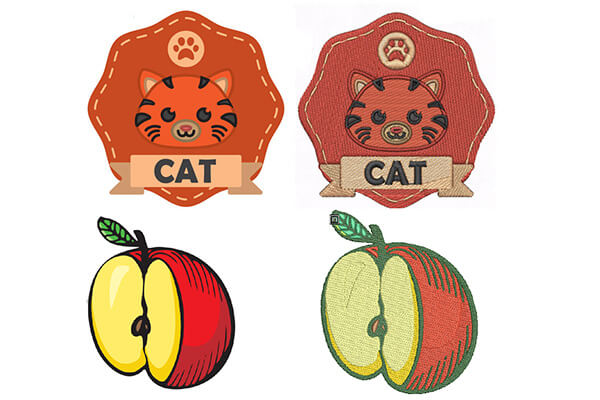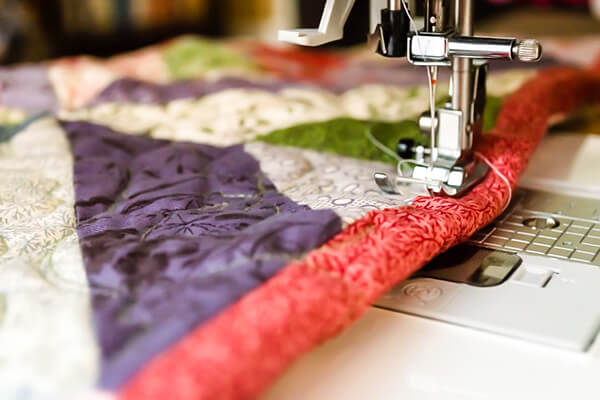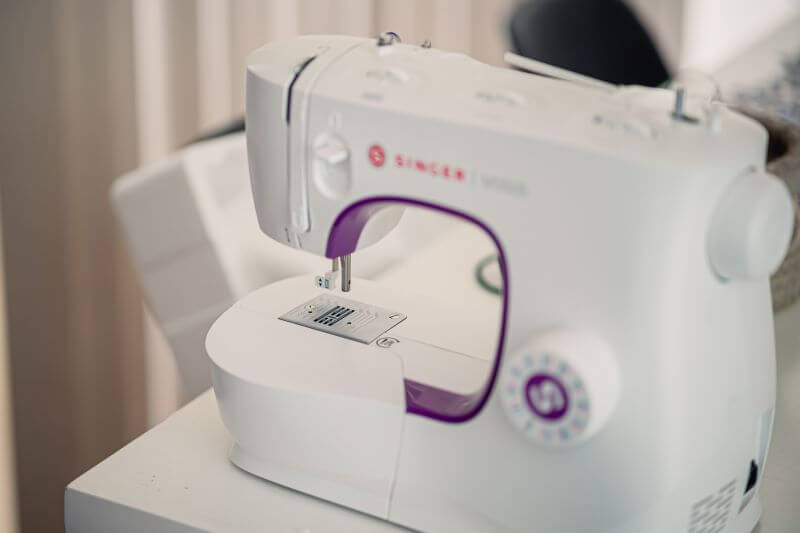 Every embroidery lover loves to learn the tricks and techniques involved in successful embroidery work. Digitizing the embroidery design is a massive part of self-sufficiency in embroidery world. When someone new in the field wants to try it for the first time, he/she finds it very overwhelming and difficult. Because every sophisticated technique is learned through hours of practice and lots of knowledge. So, how to digitize embroidery designs?
Every embroidery lover loves to learn the tricks and techniques involved in successful embroidery work. Digitizing the embroidery design is a massive part of self-sufficiency in embroidery world. When someone new in the field wants to try it for the first time, he/she finds it very overwhelming and difficult. Because every sophisticated technique is learned through hours of practice and lots of knowledge. So, how to digitize embroidery designs?
Well, before we go to learn that process, we first need to know that there are several parts of the learning process related to digitizing embroidery designs. If you think that learning the process of digitizing will be enough, then you have made a mistake. Just doing the design is the first part of the whole process. You need to fulfill it by finally implementing it to the actual workplace. So, let’s learn those integral parts that can make you a successful embroider.
How to Digitize Embroidery Designs Efficiently
The first thing that needs to be learned is developing an understanding of the materials used and all the equipment needed.
Basic Understanding of Materials and Equipment
You must have a primary level of understanding of how the embroidery machines work and what are the functions involved in an embroidery machine. Besides, you must know the parts involved in the operation and how one thing is related to another. You need to have knowledge about needle and how that behaves when used along with the threads and fabrics. All have a combined characteristic that is required to learn for a new user.
Next, you should learn about the stress handling process of the materials in embroidery operation. Side by side you should understand the impact and work process of a stabilizer used for keeping the materials solid in their places. There is a thread tension involved in the embroidery work and that is very significant. It can easily affect your design. That is why you need to balance the work between thread tension and bobbin.
The next big thing is the knowledge required about the tightness of the hoop and the ideal strength for the frame. In a nutshell, you must know the working principle of every part of the machine and how they are related to the final output of successful embroidery work.
Technical Part Involved for Digitizing Embroidery Works
Here in the technical part, you should know the basic knowledge of what type of stitching functions your machine has the capability for. Also, you should know the appropriate type for any element, which sizes are perfect for a stitch element. Besides, you need to know how far you should place the stitches so that the frame isn’t stressed. You should not make the decoration very stiff too.
The expressing of measurement in embroidery is also very important. Another important part is the ability to recognize the role of any underlay. Because it will give you an understanding of the combats of garment show-through. There is various common distortion that can happen during any embroidery work. You must know the process of countering them and maintain the registration.
The order element running for making the designs progress logically from one area to the other is another important thing to learn. In this process, there can’t be any wasted motion. There is an effect of the stitch angle alteration, use of overlaps, corner and joint adjustment, and tie stitch use timing. If all these are maintained properly, then the outcome would be in your favor.
In short, you must understand the type and nature of the embroidery work that you want to work on and how the image creation was done for it. The placement of stitches, how they were used for giving the final look, the feel of the design to be precise. If you can do that, you should know for sure that you are going to get a good result.
Software Understanding
This is the final part of the knowledge process. Sometimes we give too much importance on the digitizing software that we forget about the actual embroidery works altogether. So, give your attention to all the works accordingly and be a master of the art.
The first thing you should know is the use of the shape creation and how to specify all the stitch variables for the shape. That also includes the start and endpoints, type of stitch, density, design sequence, and all the automatic settings associated with it.
One of the most important parts is the import of different files using which you can digitize the work. The knowledge about setting up the work area is also very important. Proper measurement and guide are really vital here. You can adjust the default settings also for a given design. That is required as many of the times you would need to edit, create, and rearrange the sequences involved in the design.
There are many dos and don’ts, but you need not be worried about the implementation of these principles as these will make you be a very skilled player in the embroidery field. At first, you will feel it a little bit astonishing and difficult. But, over time that will be easy for you.
Other Important Factors
If you have an embroidery knowledge of some time, then you will be able to pick all these tits and bits very easily. Having experience in the actual field is always beneficial. Besides, you must have an in-depth understanding of any given design. The analysis power of a design is very crucial in developing skill in digitizing an embroidery work. The last thing is the documentation part which is really simple and easy. Any basic level user can handle that part efficiently nowadays.
Conclusion
Any given software knowledge and technical know-how are a bit difficult at first. But, practice will make those obstacles go away. Don’t be too fast in making the learning quick or don’t be too slow for learning. Do enough research and studies. It always helps. Hope this initial guideline will be some of some value to you. Happy learning!









[…] How to Digitize Embroidery Designs […]
Pretty! This was a really wonderful post. Thanks for supplying this info.